The J12.5 series plunger metering pump, designed to handle high-pressure applications and transport high-viscosity media, relies on a packing seal to prevent leakage between the moving plunger and the casing. While this packing seal is an effective solution for sealing the pump, it is also one of the components most prone to wear over time. The performance of the pump depends heavily on the integrity of this seal, and as the packing experiences wear, it requires periodic adjustment to ensure continued efficiency and reliability. The necessity of periodic packing adjustment arises from the unique operational conditions of the pump and the challenges posed by the nature of the fluids it handles.
The primary reason for needing regular packing adjustment is the wear and tear that occurs with continuous operation. As the plunger moves back and forth inside the pump chamber, the friction between the plunger and the packing material causes both components to gradually wear down. This wear results in a small but significant increase in the gap between the plunger and the packing, which in turn reduces the effectiveness of the seal. Over time, this wear leads to leakage of the media being pumped, which not only reduces the efficiency of the pump but can also result in the loss of valuable fluids, contamination of the surroundings, and even safety risks, particularly when hazardous or corrosive substances are being transported.
The packing seal plays a vital role in maintaining the pressure integrity of the pump. The J12.5 series plunger metering pump is capable of operating at pressures up to 80 MPa, and maintaining a tight seal under such high pressures is critical to the pump’s performance. If the packing becomes too loose due to wear, it can no longer provide the necessary sealing force to handle the high pressure, leading to a significant decrease in the pump’s ability to maintain stable output. This can cause a reduction in metering accuracy, fluctuations in flow rate, or even complete failure of the pump to maintain pressure, all of which can have serious consequences for processes requiring precise flow control.
Another key concern addressed by periodic packing adjustments is the potential for fluid leakage. The J12.5 series plunger metering pump is often used to transport high-viscosity liquids, some of which may be corrosive, hazardous, or toxic. If the packing seal is not adequately adjusted to compensate for wear, leakage can occur, allowing the transported media to escape from the pump. This not only results in the loss of valuable substances but also poses a serious safety risk, especially in applications where toxic or flammable liquids are being pumped. Leaks can contaminate the environment or cause damage to surrounding equipment, leading to costly repairs and potential legal liabilities. Therefore, regular packing adjustments are essential for ensuring that the pump remains sealed and safe throughout its operation.
The flow rate of the pump, which is adjustable within the range of 10% to 99.99%, relies heavily on the integrity of the packing seal. If the packing is not adjusted periodically, it can cause the pump to lose its metering accuracy, potentially leading to inconsistencies in fluid delivery. Given that the J12.5 series plunger metering pump is capable of maintaining a metering accuracy of 1%, even small leaks or misalignments can have a significant impact on the overall performance. The ability to adjust the packing allows the seal to be tightened to its optimal position, ensuring that the pump continues to deliver the precise flow rate needed for accurate dosing or fluid transfer in critical applications.
In addition to maintaining efficiency and accuracy, periodic packing adjustments also extend the lifespan of the pump and reduce the risk of more severe damage. As the packing seal wears, if not addressed, it can lead to more significant issues such as damage to the plunger or casing. Over time, the increased friction from a loose packing can cause the plunger to degrade, which can lead to costly repairs or the need for premature replacement of major components. By performing regular adjustments, operators can avoid these costly consequences and ensure that the pump remains in good working condition for as long as possible.
Another consideration is the overall cost-effectiveness of regular packing maintenance. While periodic adjustments may seem like an additional task, they are much more economical than the alternative, which would be dealing with more serious failures caused by neglected packing. Overlooking packing maintenance can lead to pump downtime, expensive repairs, and the need for new components. On the other hand, simple adjustments to the packing at regular intervals help keep the pump running smoothly, extend its service life, and ensure that it operates at peak performance.


 English
English русский
русский عربى
عربى

.jpg)
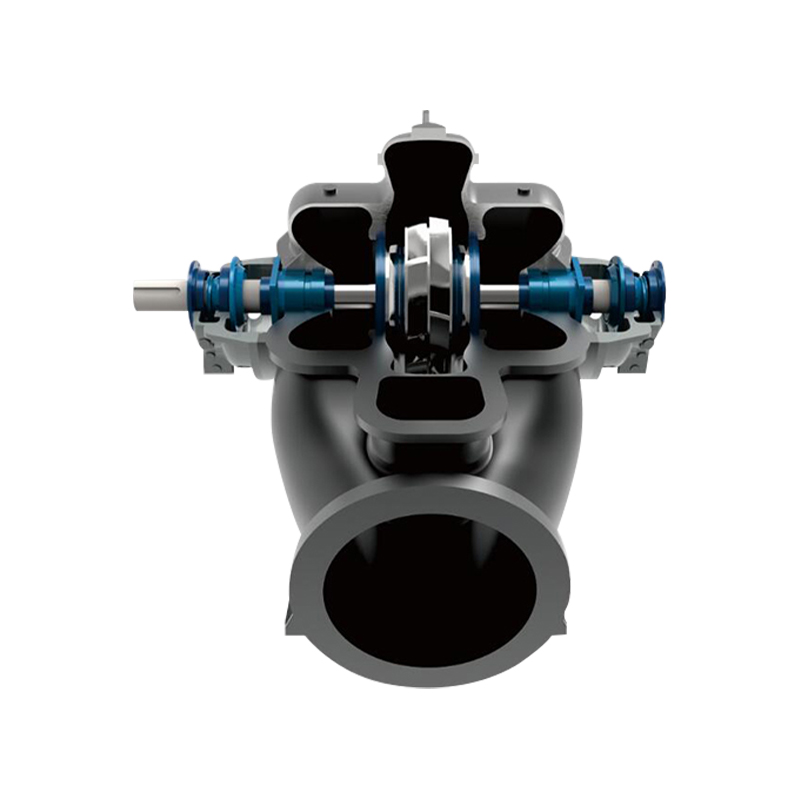
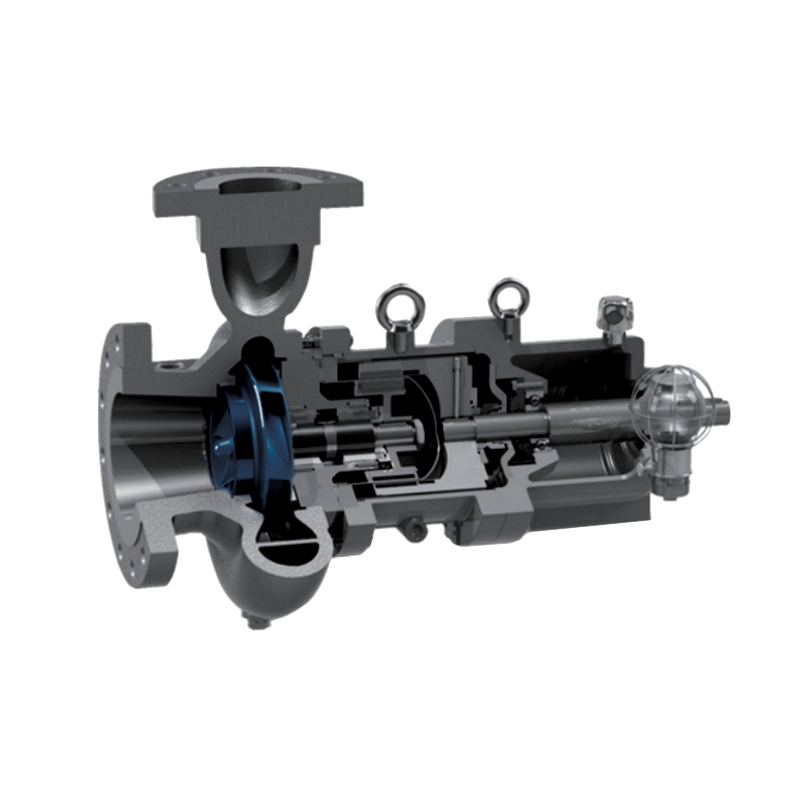
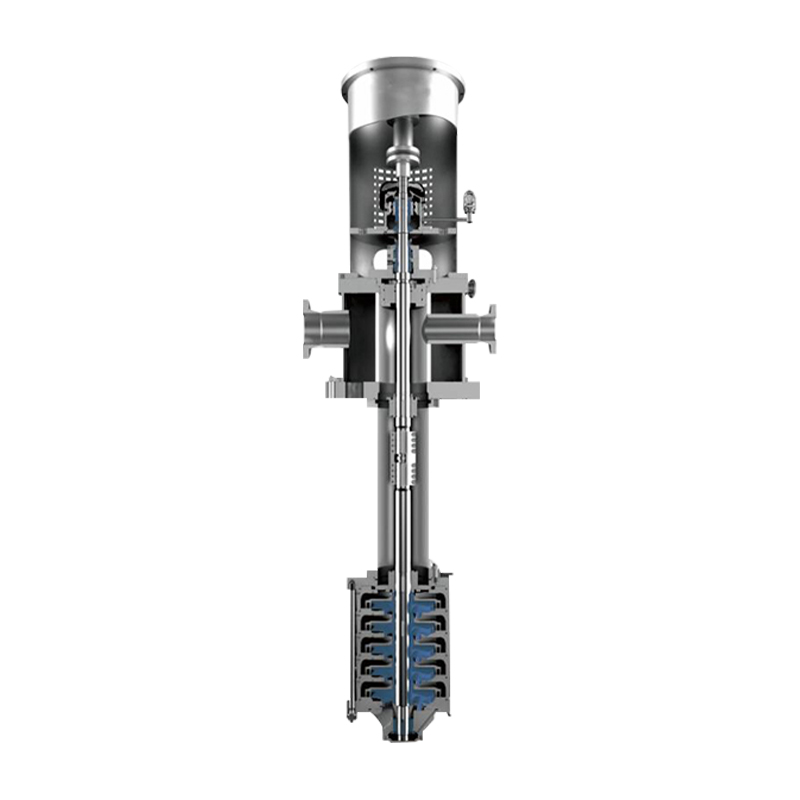
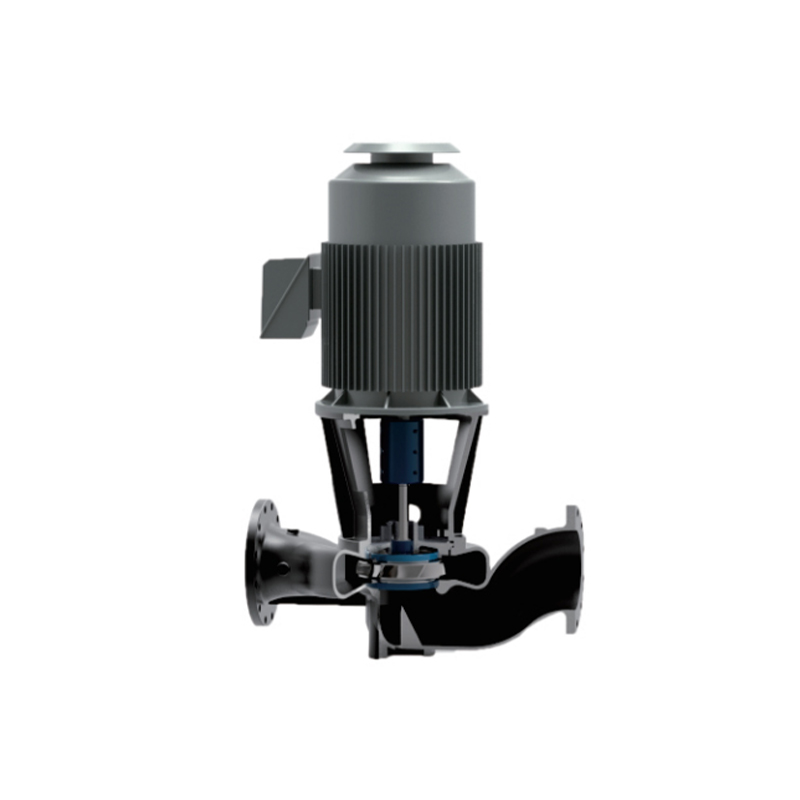
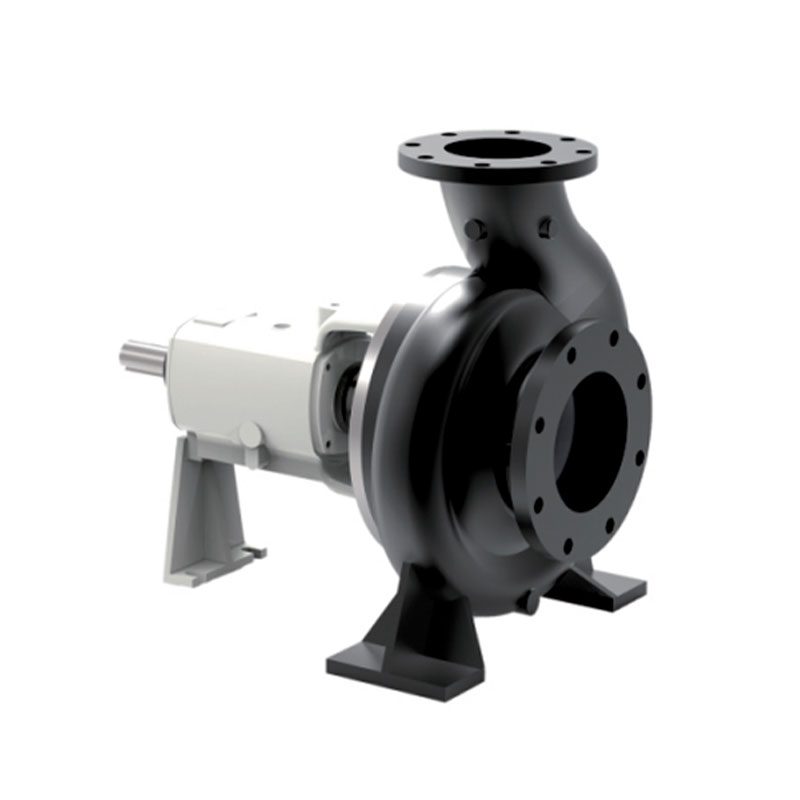
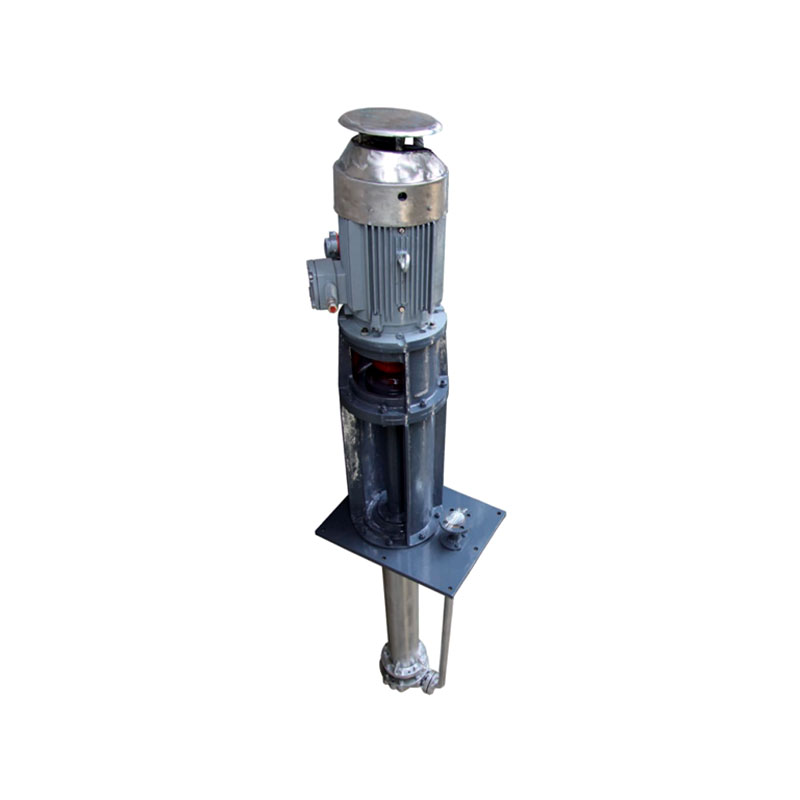
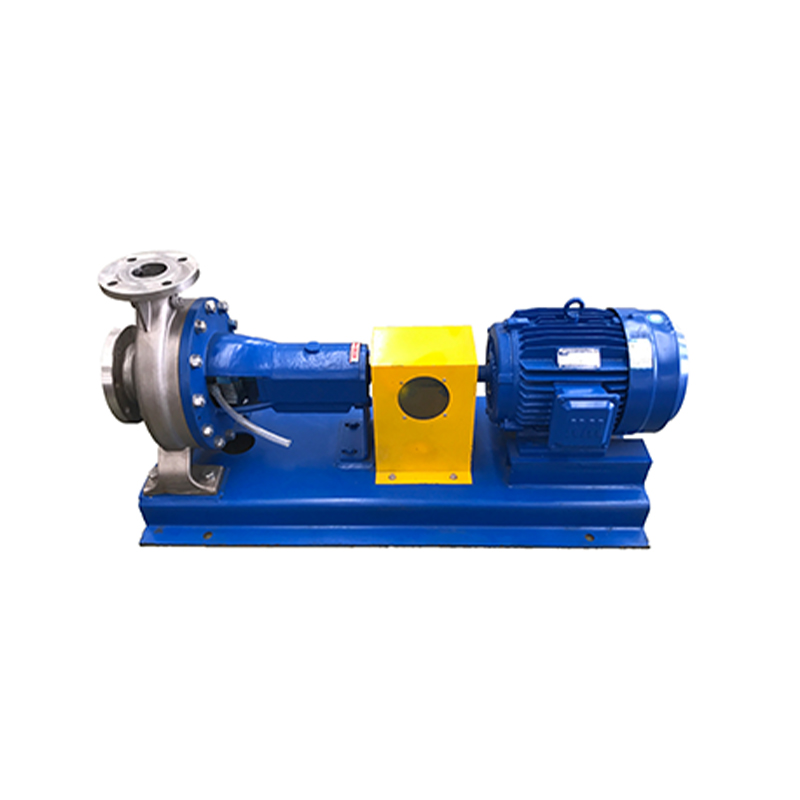

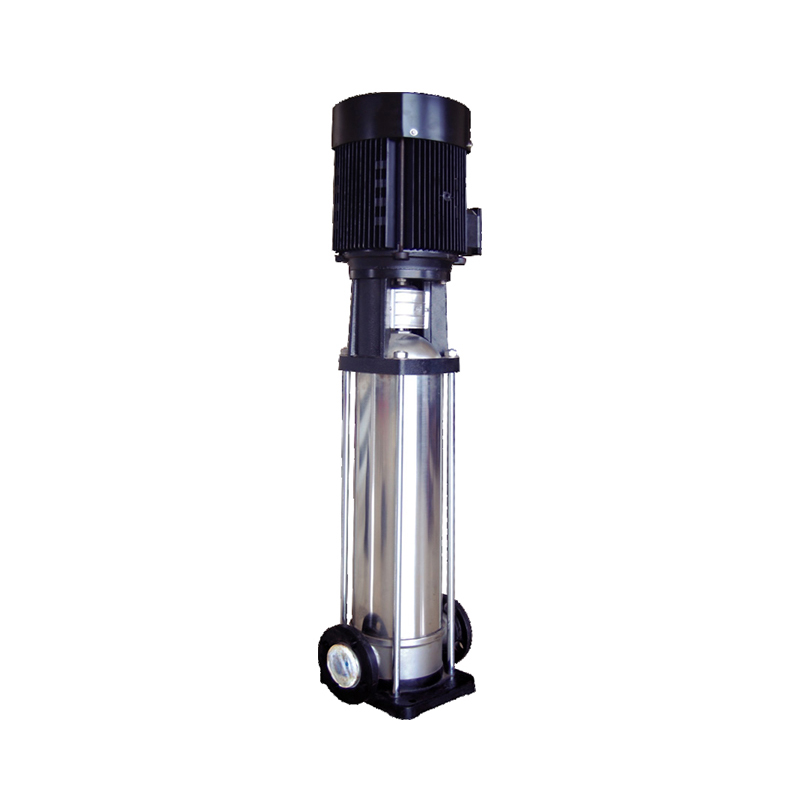






 ENG
ENG

 TOP
TOP